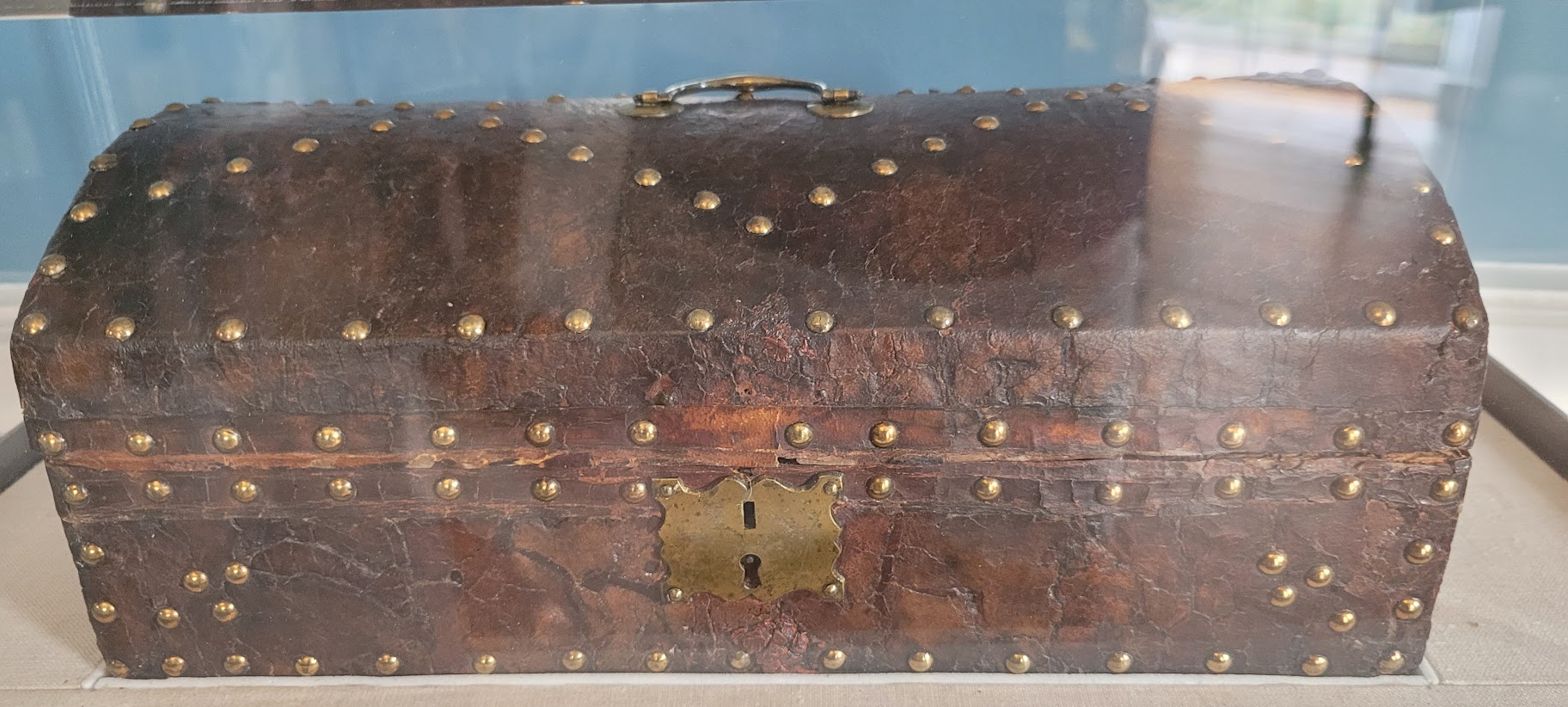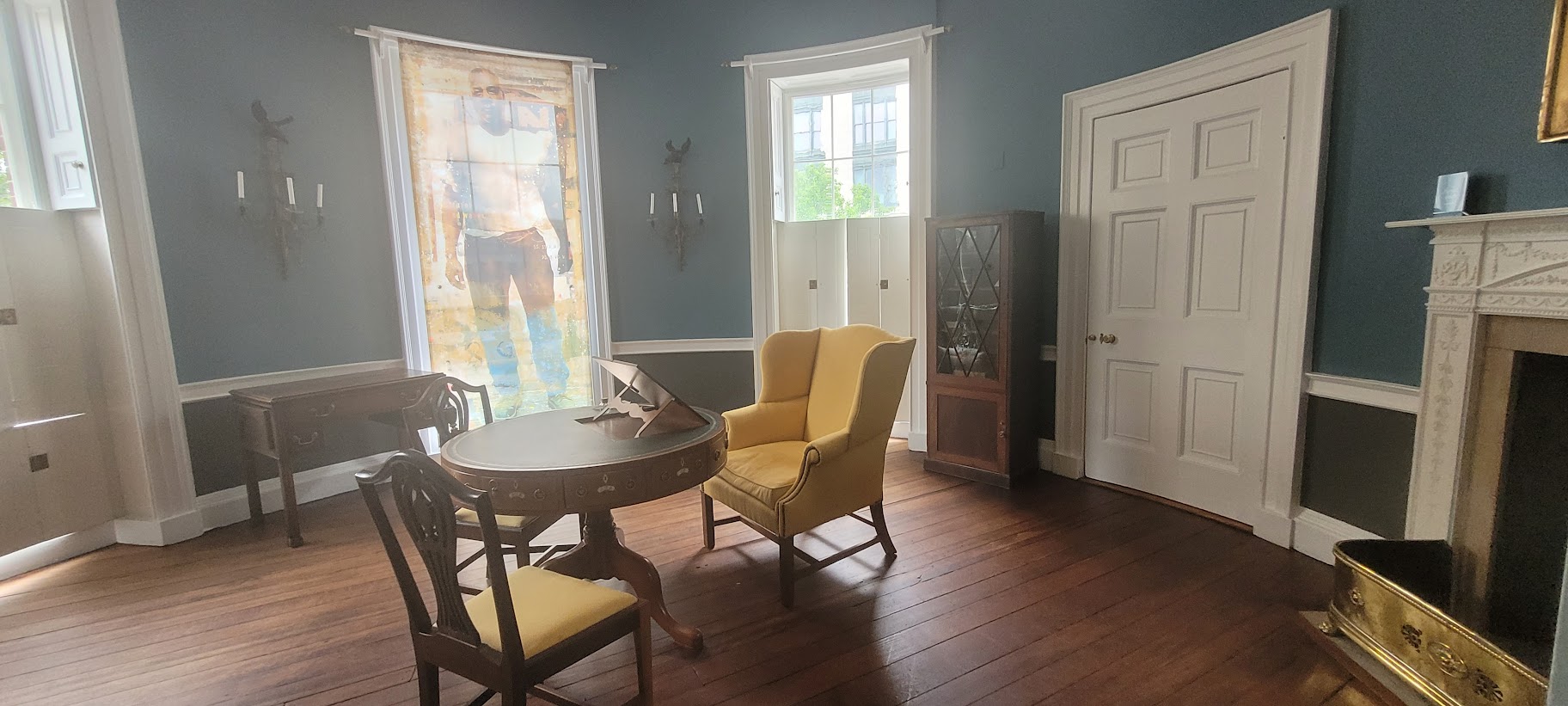President James Madison played a crucial role in the negotiation and eventual signing of the Treaty of Ghent. As the President of the United States during the War of 1812, Madison was directly involved in shaping the American diplomatic strategy and overseeing the negotiations that led to the treaty’s conclusion. Here are some key ways in which President Madison was involved in the Treaty of Ghent by shaping diplomatic strategy and appointing negotiators. The treaty’s role in ending the War of 1812 and establishing a foundation for peaceful relations between the United States and Great Britain further solidified Madison’s historical significance.
The President and his wife Dolley lived in the Octagon House after the White House was burned by British forces during the War of 1812. They resided in the Octagon House from September 1814 to March 1815. The residence served as a temporary residence for the Madisons while the White House was being repaired and rebuilt following the damage caused by the British invasion. Once the White House was restored, the Madisons returned to their official residence, and the Octagon House resumed its status as a private residence.

This unique dwelling was designed by William Thornton, the architect responsible for the original design of the United States Capitol. The house gets its name from its octagonal shape, which was a departure from the more common rectangular or square designs of the time. The construction of the Octagon House began in 1798 for Colonel John Tayloe III, a wealthy Virginia landowner. The house was completed around 1800, making it one of the earliest examples of Federal-style architecture in Washington, D.C.




